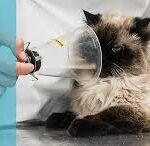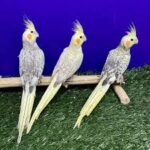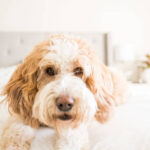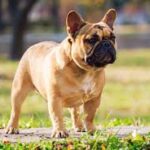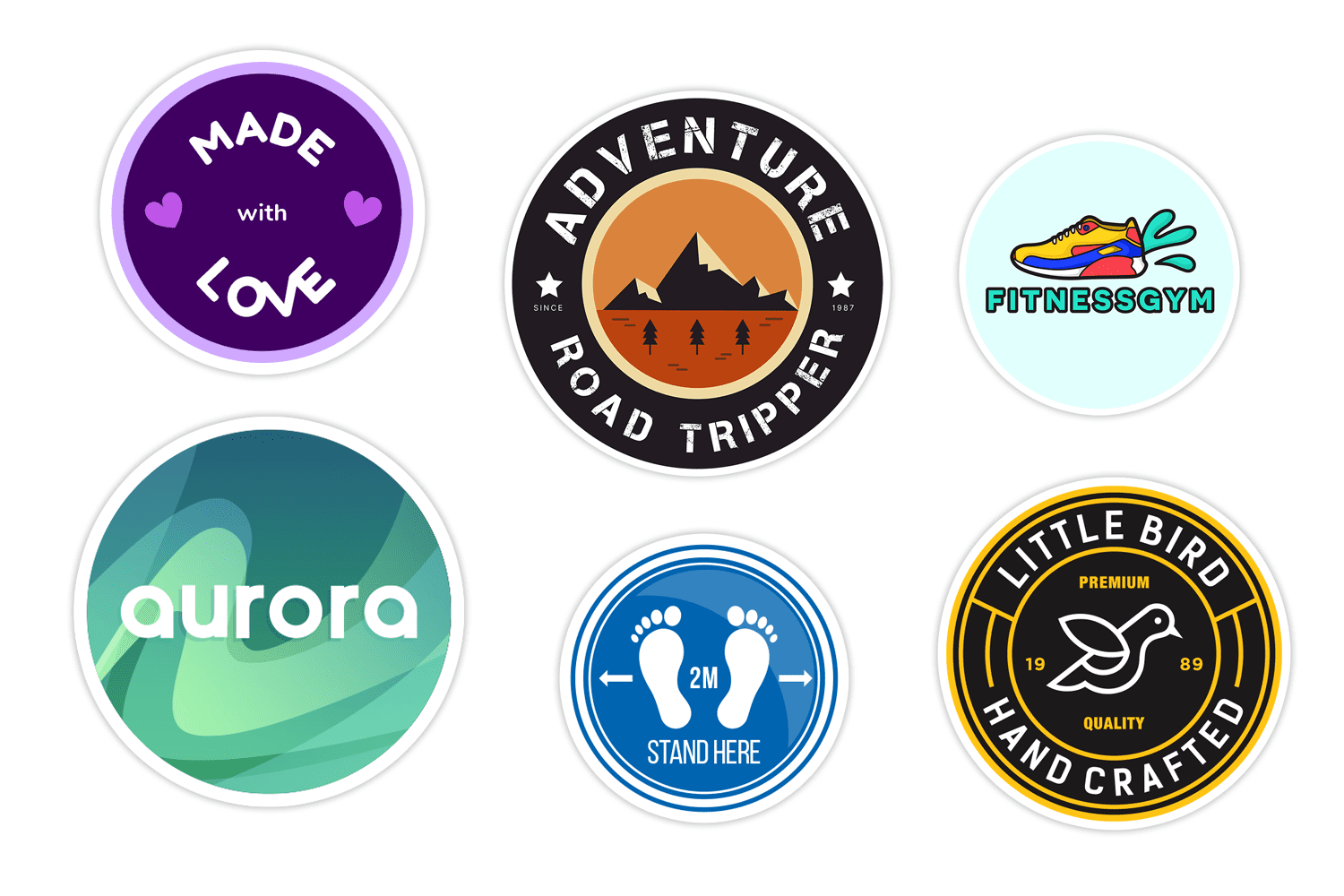The luscious locks of long-haired dogs turn heads and strike up a chorus wherever they go. Long-haired dogs can be fairly high care with their continual need for routine grooming. All that hard work and hair care is worth it when your stylish doggy diva steals the show. Contrary to their common perception, not all long-haired dog breeds are heavy shedders, and some are even close to hypoallergenic.
Long-haired dogs come in all shapes, sizes, and even hair textures, from silky, gorgeous coats to perfect curls and everywhere in between. Let’s go over 14 of the most iconic long-haired dog breeds and what pet parents can expect when it comes to grooming them.
Table of Contents
Small Long-Haired Dogs
When a dog is small in size, the visually striking effect of a long, dramatic coat becomes all the more pronounced. Small dog breeds and gorgeously groomed fur are a winning combo, especially at dog shows. On the other hand, since that fur is more liable to being dragged on the ground, that often requires lots of extra grooming. Still, we think you’ll agree that it’s a fair tradeoff once you see these fabulous pups. These spunky little dogs are also remarkable for their thick, glossy coats.
Actually, according to the Scottish Terrier Club of North America, Scotties have two coats, a wiry, weather-resistant outer coat, and a soft, dense undercoat. This shaggy dual coat drapes over the body in a way that creates its iconic, skirted outlin .As with all dogs, regular brushing of their fur throughout the week can further decrease the likelihood of shedding and unwanted allergies! They also don’t get dirty easily, so they only need baths once every few months.
Shih-Tzu
Prized by Chinese royalty for centuries, these adorable toy dogs stun with their flowy, luxurious double coats. A well-groomed Shih-Tzu coat is a silky marvel that’s low-shed and low-allergen, making them a perfect lap dog. Because their hair is so shaggy, it can irritate their eyes when it gets in their face. To prevent this, the American Kennel Club recommends trimming the hair on top of their head or just putting it up in a cute little topknot! Though every dog has their own unique grooming needs, Shih-Tzu’s are pretty low maintenance in general.
Lhasa Apso
These quirky pint-sized Tibetan watchdogs have long, shaggy manes and small builds similar to those of the Shih-Tzu, unsurprisingly so, as the two breeds are related. There are definite differences between the two breeds, however. According to the American Kennel Club, Lhasa Apso have longer muzzles and narrower bodies than Shih-Tzu and their long coat is heavier and straighter than the Shih-Tzu’s flowing fur.
Nevertheless, hair care for Lhasa Apso is still pretty similar to that of Shih-Tzus. They need bathing and grooming once every few weeks as needed to keep their coats clean, untangled, and free of matting. Daily brushing is advisable for their thick, heavy coats. A happy Pomeranian running

Pomeranian
Pomeranians’ little walking pom-poms are amazing. The Pomeranian’s’ fluffball appearance is thanks to their long, luxurious outer coats that protect these dogs from cold weather in their native habitat. Pomeranian puppies start with a soft, single-layer coat, which eventually falls out and is replaced by their adult two-layer coat over their first year of life. This drastic puppy shedding has frightened many a first-time parent into believing that their dog is sick! Fear not, though: this is a perfectly natural process. Once your Pom’s fluffy adult coat grows in, it should be brushed several times a week.
Yorkshire Terrier
Yorkshire Terriers are certified cuties to their uniquely soft, silky locks. According to Pedigree, Yorkie hair is almost identical to human hair, which has its ups and downs. On one hand, it’s low in allergens. On the other, it’s more likely to mat up and tangle faster than your average dog’s fur!
For that reason, it’s especially important to stay on top of your Yorkie’s grooming regimen. Gentle daily brushing is advised, especially if you leave their hair long, and they should be trimmed and groomed ideally once a month.
Chow Chow
These cute Chinese pups are frequently compared to teddy bears or miniature lions their intensely fluffy fur, complete with a lion-sequel mane around the collar especially looks amazing. Chow Chow fur is often striking in color as well, frequently appearing in bold shades of cinnamon or blue-black.
Their soft outer coats can mat easily, so Chow Chows should be brushed daily. Depending on your Chow Chow’s activity level, you can bathe them anywhere from once a week to once every month or so to keep their fur soft and clean. An adorable Toy Poodle
Toy Poodle
Like their full-sized relatives, Toy Poodles have coifed, curly hair that can grow very long if left untrimmed. While lots of pet parents keep their Poodle’s hair trimmed, others prefer to let it grow to curate an adorably puffy appearance. Poodles thankfully shed very little, but their hair grows very fast. Depending on how long you want their fur to get, you should get your Poodle groomed about once every 4-8 weeks. Don’t forget to give them a good brush-down a few times a week, especially as their fluffy fur grows out! Longhaired Dachshunds Running Through the Snow is a Super Speedy Large Long-Haired Dog.
Rough Collie
If you’ve ever seen Lassie, you’ll know immediately why Rough Collies are on this list of long-haired dogs. These lovely Scottish herding dogs have long, beautiful coats that are somehow both fluffy and silky. Not only do these protective coats shield them from rain, snow, and cold weather, but they also make them all the more huggable!
Rough Collies can shed quite a lot, and their coats are prone to matting if not routinely cared for. Rover.com recommends brushing them a couple times a week to keep tangles at bay. Their top coats are naturally good at resisting dirt and keeping them clean, though, so they don’t need a lot of baths.

Russian Wolfhounds
These elegant Russian Wolfhounds are undeniably the shaggy supermodels of the big dog world. Their long, silky coats waterfall down their thin lanky frames to dramatic effect, especially when they take off running. It’s small wonder why Borzoi are so highly prized as racing and show dogs!
Because Borzoi fur is so long and soft, brushing them once every day or two is advisable, especially during their shedding seasons. Borzoi are very active animals, but like collies, their coats are naturally dirt-repellent, so baths can be kept down to once every 1-3 months unless they get themselves really dirty.Irish Setters are unmistakable in their bold, wavy, copper-colored coats. Combine their beautiful coats with their playful, free-spirited, silly personalities, and you’ve got the perfect, fun family dog who’s as stylish as they are lovable!
Luckily, Irish Setters aren’t too high-maintenance when it comes to their grooming needs – a good thing, too, as it can be hard to get these energetic pups to stay still! Most dog grooming experts recommend brushing them a couple of times a week, slightly more so during shedding seasons. Like Rough Collies and Borzoi, they typically only need baths once every few months or so.

Tibetan Mastiff
Everything about the Tibetan Mastiff is big: their builds, their paws, their barks, and of course, their long, shaggy coats, complete with a fluffy mane that wraps around them like a built-in parka. Bred to survive the cold, high-altitude conditions of the Himalayas, these dogs are born to thrive in the snow!
Tibetan Mastiffs notoriously need a lot of grooming to keep their coats looking lovely. Not only should they be brushed several times a week, but Spree recommends not letting them go longer than six weeks between baths. A Komondor running across a lawn
Komondor
Look, off in the dog park It’s a mop It’s a rogue car wash scrubber No, it’s… a Komondor. These big, distinctive dogs are covered from head to tail in long, ropey white cords that resemble the stringy end of a mop. Active, loyal, and fiercely independent, these one-of-a-kind Hungarian Sheepdogs are quite the sight to see, especially while they’re in action!
Because a Komondor’s hair naturally mats together into its distinctive cords, you should never try to brush it out. However, Komondors still need appropriate grooming to keep from getting dirty and to keep their cords from getting too tangled. Groomer’s University recommends bathing and grooming your Komondor once every 12 weeks.
Afghan Hound
Every well-groomed Afghan Hound essentially looks like the canine version. Between their long, fine, silky fur and their curly tails. Afghan Hound coats should never be brushed dry. Either use a hydrating mist or brush them after baths. The good news is that, according to Spree, they don’t need brushing in between baths if you keep them on their recommended once-weekly bathing schedule. If you don’t bathe them weekly, however, expect to spend several hours a week brushing them instead. It takes a lot of work to look so glamorous and happy.
Bernese Mountain Dog
Let’s wrap up with a jump from high care to low care with the lovable Bernese Mountain Dog. Bernese Mountain Dogs are already prized for their laid-back, loving, and loyal temperaments, but their moderately long, fluffy, multicolored coats are on top.
As with many other double-coated dogs, Bernese Mountain Dogs can shed a fair bit, so try to brush a few times a week. As far as bathing and grooming sessions go, however, you can schedule them once every 1-2 months.





